Today’s contribution is a link to my opinion commentary at MovieMaker magazine, a publication that has supported the independent film industry and the visions of thousands of artists, since 1992.

Today’s contribution is a link to my opinion commentary at MovieMaker magazine, a publication that has supported the independent film industry and the visions of thousands of artists, since 1992.

I don’t know what it was that had me reaching for my Voltaire a few months ago — probably something in the cultural air portending a dissolution of standards and, yes, a Closing of the American Mind that must be dealt with.
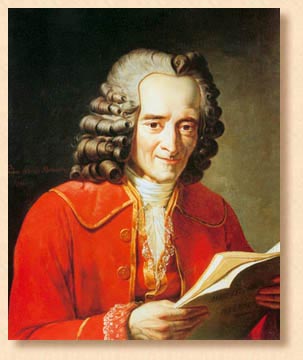
New Rules for Cultural Criticism:
Wandering through the Tribeca Barnes & Noble today, I came upon something surprising in these repressed cultural times. The publishers of the maligned and protested American Dirt have stuck by their author, as has Oprah’s book club.
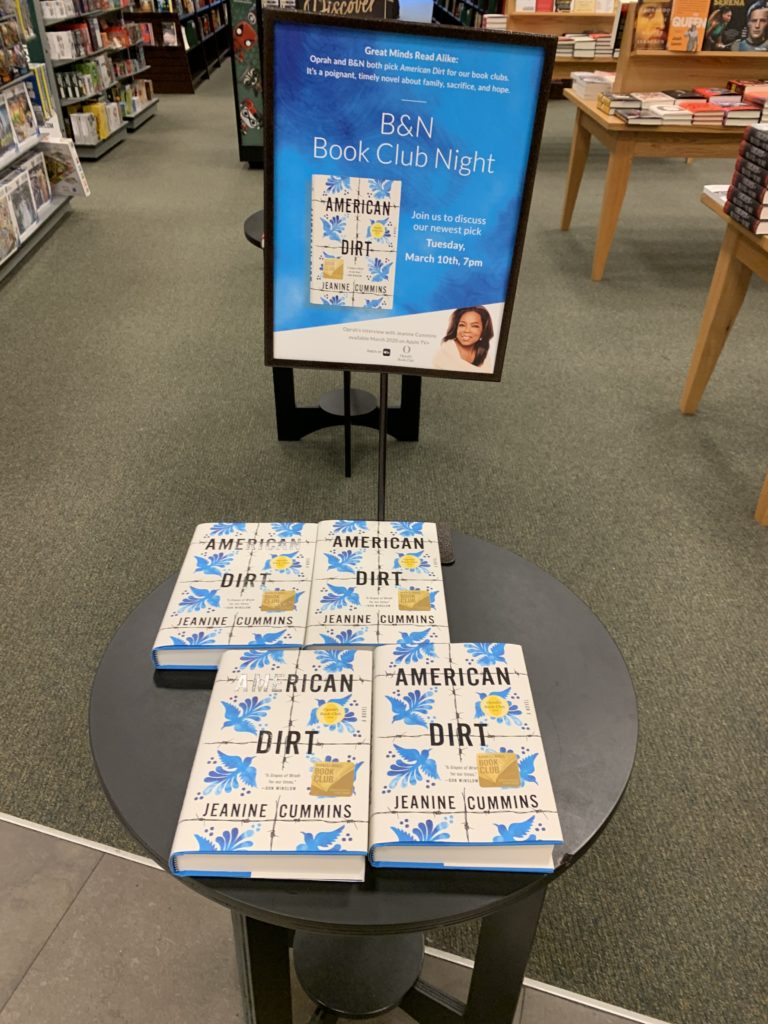
Not only that, but a store employee who likes the book is not afraid to say so.
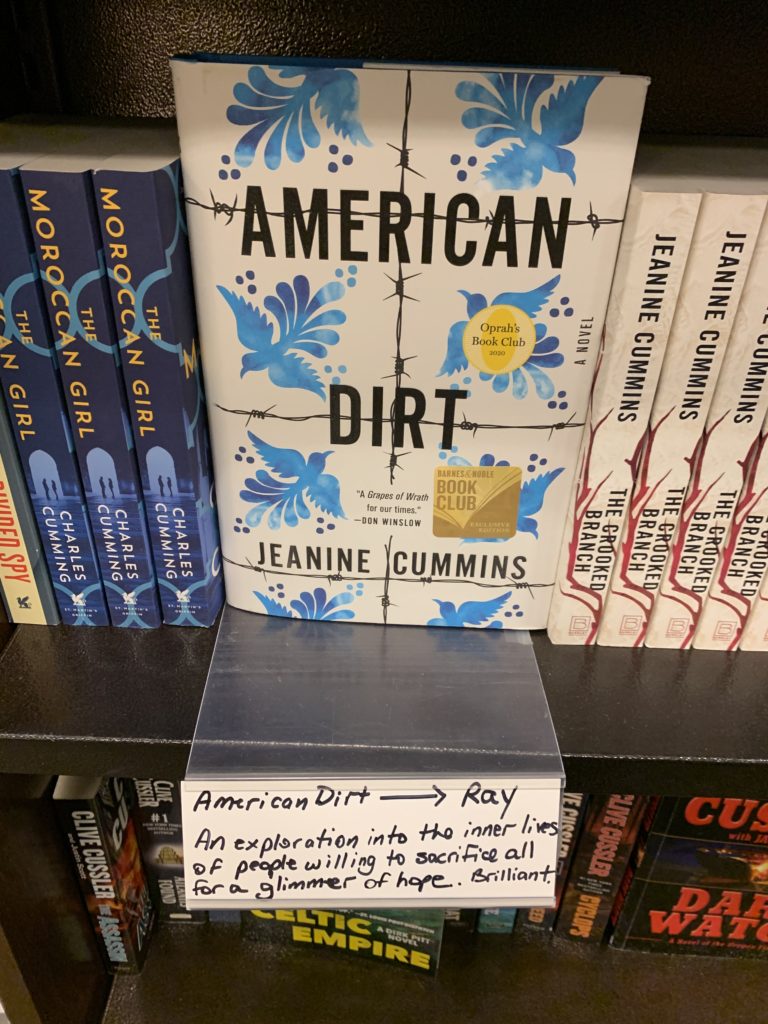
Of course I’m not saying anybody should like this novel or buy it. But imagine letting readers decide, rather than giving into pressure from activists who are out for nothing more than to silence the people they dislike and the points of view they’re afraid to contend with.
Power to the readers.
I’m writing something about a bookworm character who is remembering the books specifically given to him by teachers in high school and college. Among the list are: The Complete Works of Emerson, Even Cowgirls Get the Blues by Tom Robbins, The Firebugs by Max Frisch, Strip Tease by Carl Hiassen, Side Effects by Woody Allen and this gem:
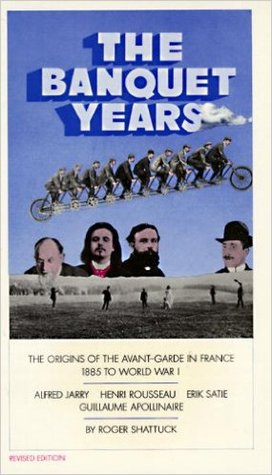
Published in 1955, Roger Shattuck’s vivid telling of the birth of French surrealism is a book I’ve read twice now and think about all the time. I remain sure that surrealism is the foundation of everything going on in the world today and not just in art, or even primarily in art, but in the communications of corporations and governments that are gleefully contradictory when they’re not completely free of information.
I highly recommend The Banquet Years. I may pick it up again soon.
It’s a little weird to push a debut novel that’s already won rave reviews, comparisons to Phillip Roth, a nomination for the National Book Award and was subject of a 10 producer bidding war for limited series rights (won last fall by FX).
But I absolutely loved this novel.
Fleishman is in Trouble is mostly about the divorce of Toby and Rachel Fleishman, he a hepotologist and she a high powered talent agent who helped turn an off Broadway one woman show into the Fleishmaniverse’s Hamilton. They have two children, an awkward and introverted son and a daughter on the verge of adolescence. It’s a book about privilege and rich people problems, yes, but there’s so much more going on.
The story is told, The Great Gatsby style by Libby, a former writer for a men’s magazine who reconnects with Toby and then with Rachel, during a crack-up August as the two finalize their divorce. Like Nick Carroway, she’s an interested observer, though not objective. Unlike Nick, she has her own issues to work out that parallel and add to the story. Since Taffy Brodesser-Akner is also a magazine writer, readers will assume Libby is a stand-in for the author, but all of these characters are so fully imagined that I would not make that leap.
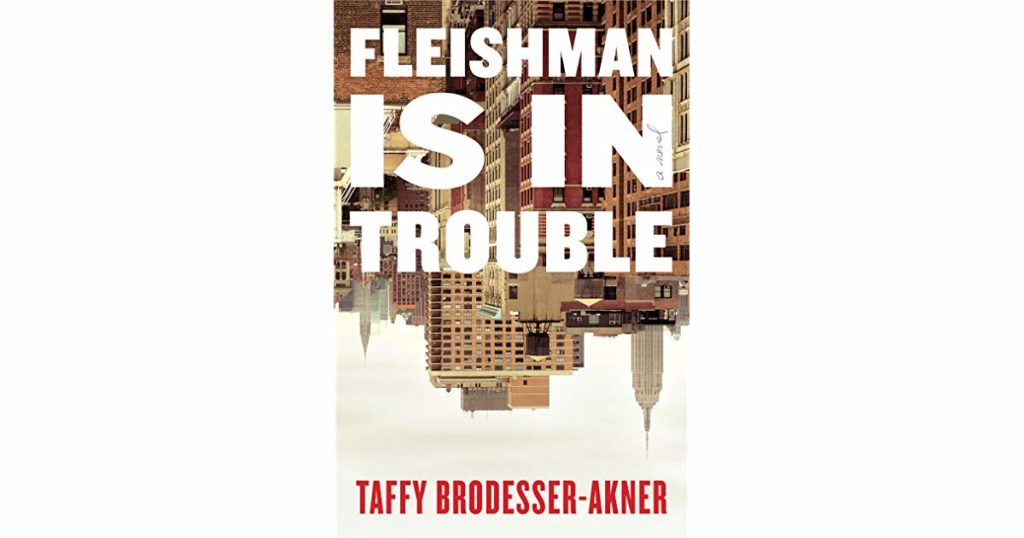
It’s amazing how every character gets their due in this book, with the notable exception of Miriam, who just can’t seem to be fleshed out towards redemption because she’s so… well, you’ll see. She’s really ugh.
It’s poignant, it’s funny, it’s a little sexy and if you have time to pick up and read a copy before the mini-series comes out, it’s more than worth the trouble.
I like books as objects and books as art and so I love a good hardcover book, even when they’re heavy, bulky and hard to carry around. I’ve also worked in book stores and I know that fans prefer hardcovers as keepsakes and that people prefer to give hard cover books as gifts.
But I wasn’t aware of the economics, spelled out here at Mentalfloss. Hardcover book buyers like me are giving publishers better margins. So now I can feel good about hoarding them, too.

Of course, you can sometimes save money by buying them remaindered. As I recall from my book shop days, a lot of unsold hard covers are torn apart and remade as trade paperbacks, that hybrid form that separates literature from trashy reading.
Like a lot of people, I’m reading more on apps lately. I do like being able to make notations and to share them on Goodreads. But I miss the feel of a hardcover book when I read that way. Also, and this is the worst, nobody has figured out a way to get your first edition ebook signed, and you can’t loan an ebook to friends.
Long live the hardcover.
Last spring, The New York Times published “Woody Allen Pitched a Memoir. Publishers Weren’t Interested.” The idea here is that Woody had been effectively cancelled and this came on the heels of Amazon censoring his very fun film A Rainy Day in New York (I saw it in Amsterdam last fall). Allen warned that the Times had the story wrong. Publishers were interested, he said. Well, it turns out that Grand Central Publishing bought the rights to it two months before the Times story ran.

Hopefully, this means that American culture is ready to re-embrace one of its best and most prolific artists. It also hopefully means that A Rainy Day in New York will be released in the U.S. soon and that the upcoming Rifkin’s Festival will also be available to Woody’s fans.
Fascinating article today about Milman Parry, the Harvard scholar who worked out how pre-literate societies like the ancient Greeks were able to compose, memorize and perform epic poems like The Iliad and The Odyssey. Parry found examples of this type of storytelling in other cultures, including the Bosnia of the 1930s. As with so much else, the capacity for Homeric storytelling seems to be a universal human trait.

What we’ll never know, but is fun to imagine from my perspective, is how these stories changed when told by different bards. I’d imagine each bard had their own style, based on their politics, religion, philosophy or homeland. I’d bet some were quirky and some serious. Some were angry and some were in awe.
How many ways can you tell the story of Odysseus’ voyage home? How many ways can you explain the motivations behind the invasion of Troy? What about all of the other Homeric hymns and the lost stories? Was their an epic Homeric universe?
Of course, we’re still retelling these stories. Over the last two years, I’ve read a bunch of these new takes on old tales and I recommend them all:
In Slate, Rebecca Onion has an interview with a historian of capitalism who has retraced the history of “Choose Your Own Adventure” novels — it’s a lot of fun. In it, they talk about how the format of Choose Your Own Adventure, dismissed by publishers at first and then adopted enthusiastically a decade later, was akin to the plot structure of early computer games. Now, I liked Choose Your Own Adventure as much as anybody, but what I really loved was the text-based Infocom game, Zork.

They even made Zork themed Choose Your Own Adventure books, but I really loved the game. It was the problem solving aspect that most intrigued me, though. It was the worldbuilding.
In the originally Zork trilogy (later wildly augmented and expanded into an entire universe of other games) you’re an adventurer who descends into the ruins of The Great Underground Empire, a kingdom founded by and overseen by the royal Flathead dynasty until it collapsed and was abandoned by everybody but dangerous creatures and mischief-making loners. As you explore the kingdom and gather treasure, avoiding the slavering fangs of deadly Grue, you advance from adventurer to supplanting the Wizard of Frobozz and to eventually claiming the mantle of Dungeon Master.
There were no graphics. It was simple keyboard commands and text descriptions. But the three games added up to something of a comic fantasy novel, with pithy nods to 80s culture and working conditions in the early consumer tech industry.
Zork had mind bending puzzles, including mazes in total darkness that you had to map out for yourself. For some, that was the appeal. I loved reading about the Flatheads, though, and trying to figure out where the Grue came from or how the various companies like Frobozzco international was formed.
Man, if they made a new Zork, I’d buy it.
In Woody Allen’s Love & Death, Boris is awaiting execution for the murder of Napoleon, a crime he didn’t commit. “But isn’t that life?” he wonders. “Aren’t we all condemned to die for a crime we didn’t commit?”
I just read Gabriel Garcia Marquez’s 1981 novella Chronicle of a Death Foretold and am so reminded of the sentiment. Our narrator returns to his home town to investigate the revenge killing of Santiago Nasar after a large wedding is ruined by the discovery that the bride, sister to the killers, is not a virgin. She names Nasar as the man she’d slept with before marriage. But it clearly never happened and so Nasar never suspects that anyone wants to kill him and when he finally realizes his danger, he has no idea why it’s happening. He dies, knived to death by butchers, holding his innards.

Which reminds me of Franz Kafka’s novella The Trial in which Josef K. is informed that he has been charged with capital crimes and will be judged for them, though the accusations are never stated. Josef K. is also found guilty and sentenced to death. When he is butchered on a public street he can only think that they have killed him, “Like a dog!”
There’s a lot going on in both stories about the inhumane social and legal systems we subject ourselves to while living in a society. But the heart of it all is Woody Allen’s observation that we will all die, saints and sinners alike, as we were sentenced from the start for the crime of being born. This seems to put the search for some original sin into perspective, though the culprit is probably remorseless entropy.
Proudly powered by WordPress
Theme: Esquire by Matthew Buchanan.